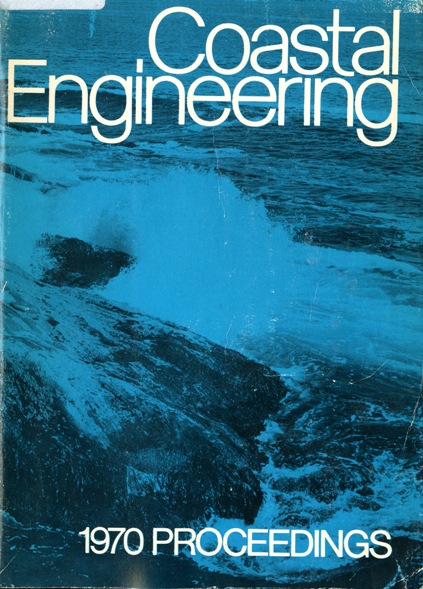Abstract
An experimental investigation utilizing nonbreaking waves and one bottom topography with parallel circular contours symmetric about the center of the basin was performed to assess the limits of applicability of linear wave refraction theory in a convergence zone. Analytical computations of reflections from underwater topographic variations and of viscous dissipation of energy at the bottom agreed with experimental measurements. It was vividly illustrated that a significant amount of energy was involved in diffraction along the wave crest, thus the necessity of developing a theory to include the stepwise computation of diffraction processes simultaneously with the computation .of wave refraction is now evident. Nonlinear transfer of energy from lower to higher frequency components was investigated by performing a harmonic analysis over one wave period. As expected, nonlinear effects increased with both wave period and wave height (for a given wave period). Only 20 percent of the energy remained in the fundamental component for the longest period largest amplitude wave tested. Higher frequency components ranged from being completely coupled to the fundamental frequency to almost completely uncoupled. It was clearly demonstrated that in some circumstances the consideration of nonlinear effects becomes extremely important.
Authors retain copyright and grant the Proceedings right of first publication with the work simultaneously licensed under a Creative Commons Attribution License that allows others to share the work with an acknowledgement of the work's authorship and initial publication in this Proceedings.

